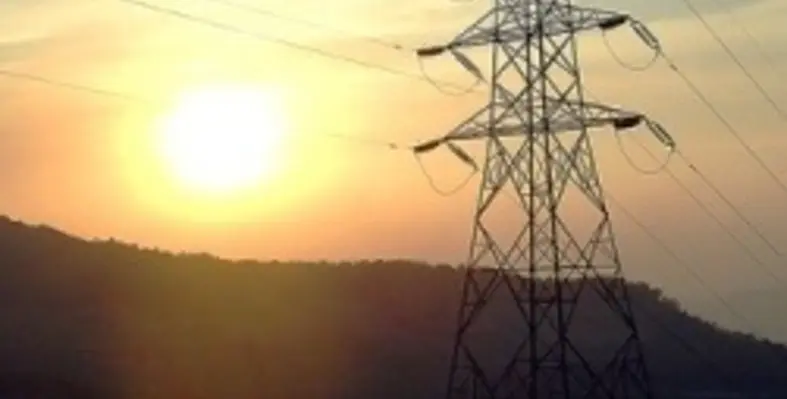Power generation projects in the Middle East and North Africa (MENA) are facing obstacles due to reduced funding and the massive costs involved, according to a recent study
The study, conducted by Saudi Arabia-based Arab Petroleum Investment Corporation (Apicorp), stated that total investments in power generation, distribution and transmission projects in the Arab world and other MENA countries, including Iran, have been estimated at US$283bn during 2014-2018, far higher than the 2013-2017 estimate of US$250bn.
The report added that fast-growing electricity demand and lagging supply have already led to chronic power shortages across many MENA countries.
Apicorp said, ?In the current context, bridging the widening demand-supply gap through increased supplies is perceived as politically and socially more desirable. Without active demand side management and serious cuts in subsidies, this will entail a capacity growth of 8.4 per cent per year, which translates into a five-year increment of 140 GW above the 2013 level.?
Taking account of the associated investment in transmission and distribution, the capital required for the whole sector may amount to US$283bn during the period 2014-2018, 59 per cent of which will be in new generation capacity, the corporation said.
Apicorp chief economist Ali Aissaoui commented, ?This huge sector investment offers great opportunities but also raises major challenges like issues rising from perception of a deteriorating investment climate, the scarcity of natural gas and inadequacy of internal and external financing.?





